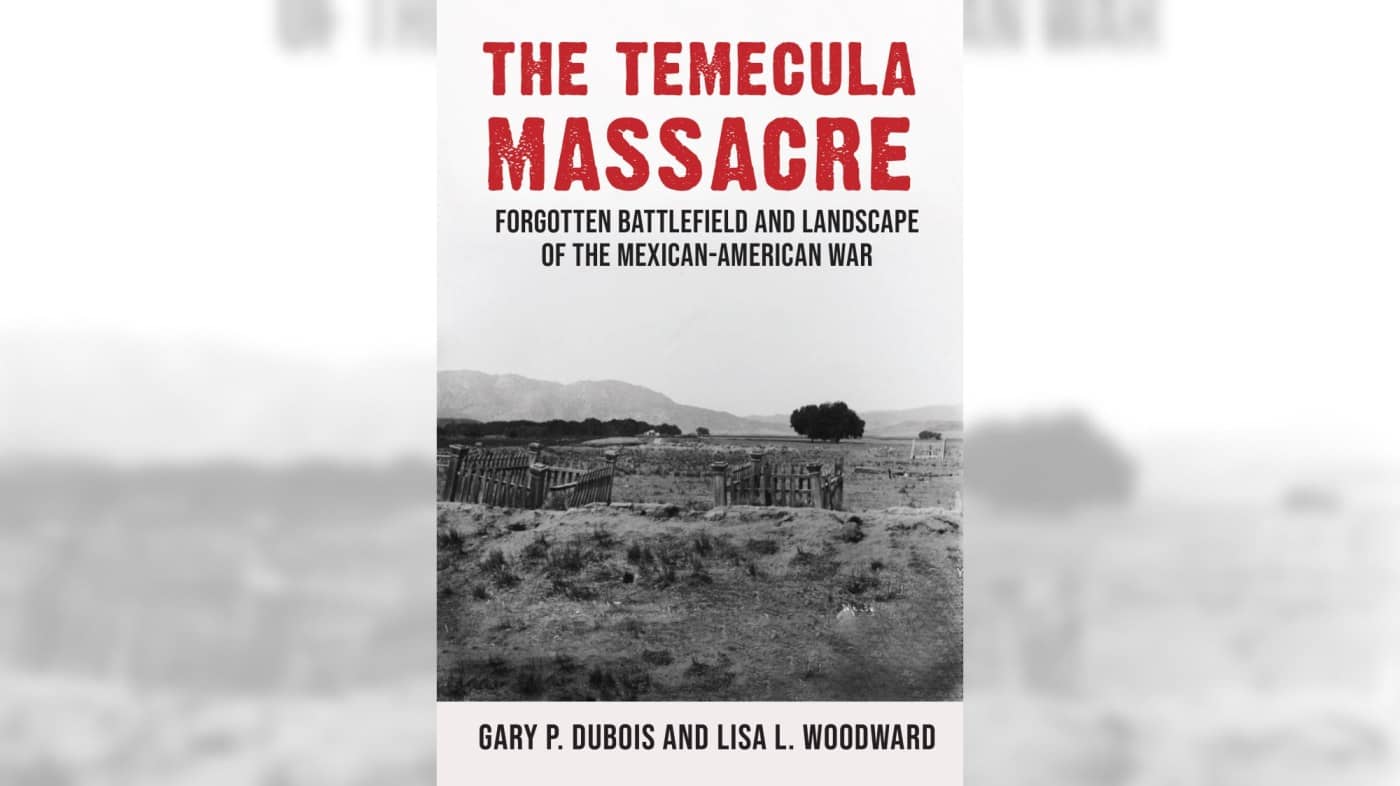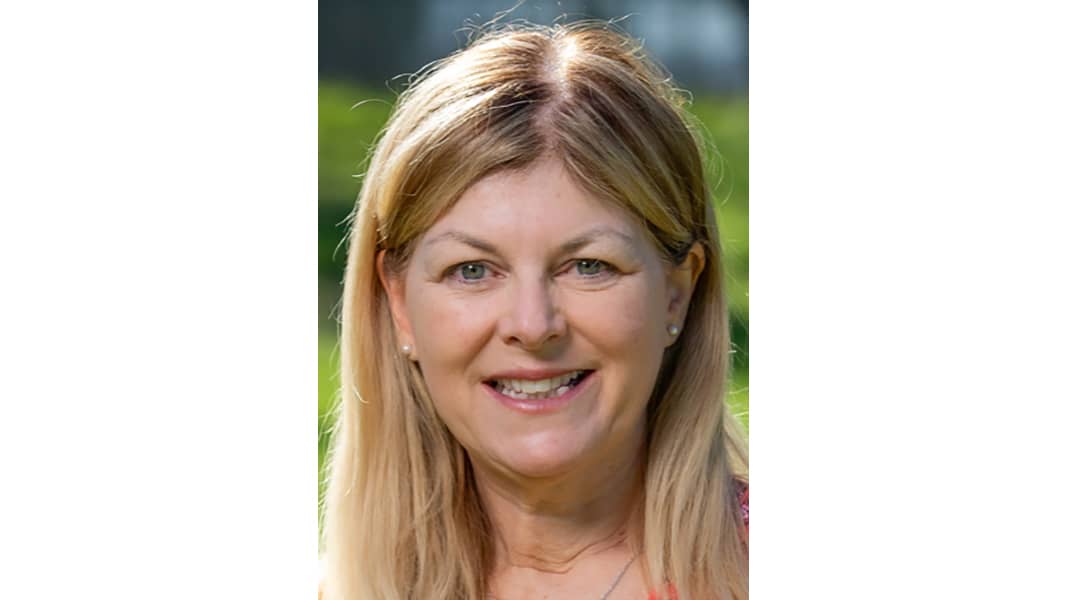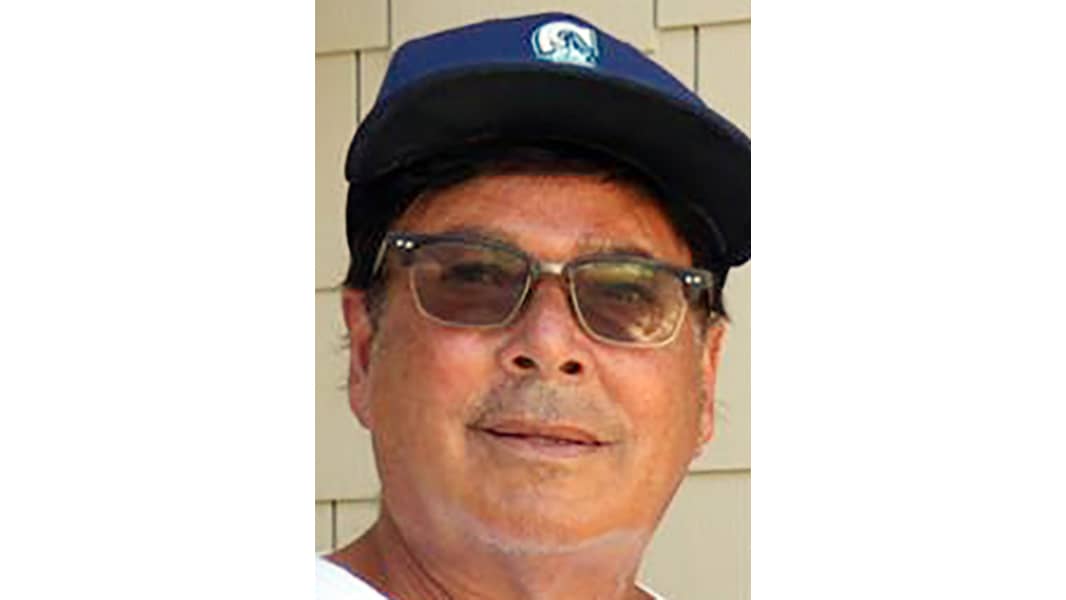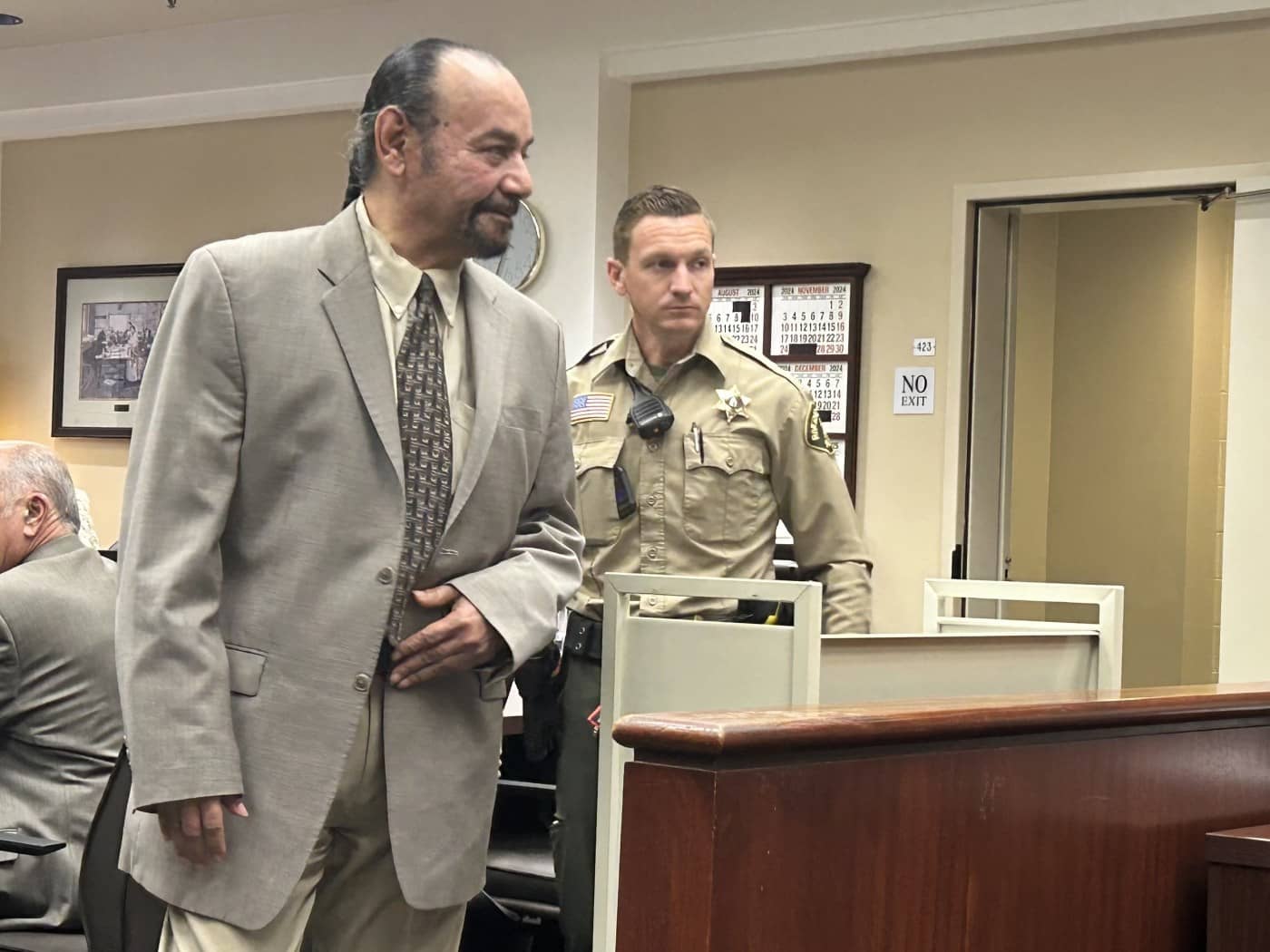A new book, “The Temecula Massacre,” tells of the event that occurred east of Vail Lake and the city of Temecula. (Courtesy of Pechanga Band of Indians/Great Oak Press)
Mention the Temecula massacre to most people and they probably have no idea what you’re talking about.
Gary DuBois and Lisa Woodward of the Pechanga Band of Indians, Cultural Resources Department wrote a fascinating book to explain, “The Temecula Massacre,” with a tagline “A forgotten battle of the Mexican-American War.”
It was done as part of research to obtain a grant to determine if the cemetery where the victims are buried can qualify for the National Register of Historic Places.
The massacre took place between the end of 1846 and early 1847, east of Vail Lake and the city of Temecula. It followed another more well-known battle, San Pasqual, which happened in an area near Escondido today. The massacre also followed a subsequent raid.
As many as 100 Native Americans died in the massacre, the authors say. Most of the bodies were transported to a mass burial site in the middle of what is today a shopping center on Temecula Parkway.
The site is near an El Pollo Loco restaurant. El pollo is Spanish for the chicken. The massacre was one of the deadliest conflicts tied to the Mexican-American War in California, DuBois and Woodward report.
Thanks to newly discovered accounts and interviews with descendants of the Pechanga Band of Indians, the authors uncovered considerable new information about the event. Their discoveries made them realize that they had enough new material for a book and a film that debuted last month at the Temecula Valley Historical Society meeting. The group’s largest crowd ever, 128 people, attended the event. Clearly, interest is high.
In response to the San Pasqual battle, a group of Luiseño Indians executed 11 Californios in Warner Springs. The Californios were Mexican and American settlers who lived in our state before the area was annexed to the United States in 1850. It’s believed the group who was executed had killed a group of Native Americans and stolen horses, the authors say.
“In those days, you didn’t get killed just for killing Indians,” DuBois says. The more serious offense to people back then was stealing horses, he says. Such was justice in the west of the mid-1800s.
To avenge those deaths, the commander of the Mexican Army ordered a group that included Cahuilla Indians to kill the Luiseños, or Pechanga Indians as we know today. They were ambushed in a canyon and the battle is believed to have spilled over into the Aguanga area. It’s theorized they were lured into the area by people speaking their language.
“They said, ‘Come over here, friends! We have a matter to discuss. Namely about how we are going to massacre the Mexicans,” DuBois and Woodward write.
It’s details such as this that make the book compelling. Killing after killing is described, showing how commonplace it was in the California of that time. An interesting place, but also dangerous.
The Native Americans, who included the descendants of today’s Pechanga Band of Indians, were surrounded. The Cahuillas, who lured them into the canyon were in front, the Californios behind, blocking their escape. The slaughter raged for hours, the book says.
Prisoners were taken, but they were also killed. The thinking by Chief Juan Antonio was that if the situation had been reversed, his enemies would have not spared his life, so why should he let them live, DuBois and Woodward write.
The first travelers through the area after the massacre was the Mormon Battalion. A few members helped bury the unnamed Native Americans, some were carried to the Temecula cemetery. It was a severe winter that year, slowing efforts.
“While the Mormon Battalion was slogging through the Southern Emigrant Trail, the Donner party was trapped in snow in the Sierra Nevada mountain range,” the authors write.
Accounts vary as to how many were killed in the massacre. The authors estimate about 100. According to the 1860 census of the Temecula Village, only 145 people remained who would have been alive after the massacre. The population of the Temecula Village in 1846 prior to the massacre was between 250 and 300, the authors write.
Related Articles
Animal Friends of the Valleys adoption drive gets support from Rocky Kanaka
Family vacation to Turkey is an adventure — and a time to bond
Dangers, benefits of cellphones for kids weighed by Lake Elsinore-area parents
Lake Elsinore man aims to inspire, motivate on his fitness journey
Murrieta’s McElhinney Middle School is set in its award-winning ways
The book’s concluding chapter says the authors wanted to shed light on the event that they believe has been overlooked.
“The Mexican-American War made Tribal people into pawns, pitted between two countries struggling for land and political gain. Sadly, throughout all of these eras the Native people lost: lives, land, social organization, language and culture.”
The cemetery, set in a busy suburban shopping center, is the last visible tie to the massacre, they say. “The Pechanga Tribe will continue to care for this special place and with this work, aspire to revive the fading memories of the Temecula Massacre,” the writers conclude.
“The Temecula Massacre” by Gary DuBois and Lisa Woodward is available on Amazon. The film can be viewed on YouTube here.
Reach Carl Love at carllove4@yahoo.com.



